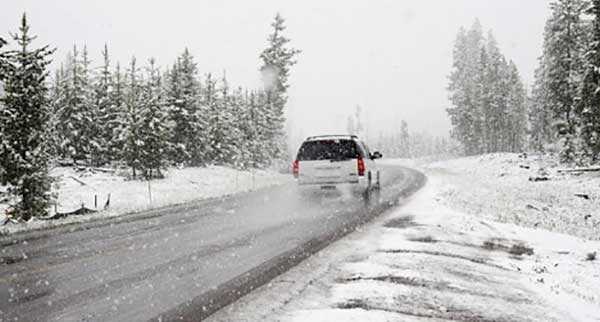The frigid temperatures, high winds, and precipitation that winter brings make it the most dangerous time of the year for many. With icy sidewalks and poorly lit areas, it’s easy to slip or get injured. While it might seem obvious to pedestrians to contact a personal injury lawyerin cases like this, circumstances can often be more complex for drivers.
It’s no surprise that nearly one quarter of all accidentsoccur on roads that are icy, slushy, or snowy. Limited visibility in addition to other factors can make it difficult to avoid accidents even when taking all possible precautions.
If you do find yourself in an accident, it’s important to respond calmly and thoughtfully in order to stay safe and ensure that the situation is properly resolved. These tips will help you make the most of a bad situation while also preventing unnecessary risks to yourself and your property.
Stay Calm
A common reaction following a car accident is to get out of the car and speak to the other driver, but this is especially dangerous in the winter as weather conditions can fluctuate —not to mention the risk of a hostile encounter with a stranger.
Prior to leaving the vehicle, always turn on your hazard lights and check yourself and fellow passengers for injuries. After enduring an unexpected event of this magnitude, it’s common for people to miss their own injuries until they calm down. An unnoticed injury could call for immediate care, so attend to each person in the car and call 911 at once if medical attention is required.
Clear the Road
If you don’t find any serious injuries or damage to the car, your next priority should be to get off the roadway and out of the path of other vehicles. Slowly pull off the road with your hazard lights on, being careful to check in all directions for incoming cars.
On the other hand, if your car is damaged to the point where you cannot safely drive off the road, instruct all passengers to stay in the vehicle with their seatbelts on. Nearly 50% of people killed in accidentsaren’t wearing a seatbelt, and other drivers may not have sufficient visibility to notice your car in time to stop.
Attract Attention and Wait for Help
Whether you’re still on the road, or were able to get off safely, you need to make yourself visible to other drivers and first responders by any means possible. Reflective triangles and brightly colored cloths, part of any vehicle emergency kit, will come in handy if you have them with you, but makeshift signs will work in a pinch.
Exchange Insurance Information
All drivers involved will need to exchange their insurance information after ensuring the safety of everyone in each car. You should document the incident by writing down a summary of what happened and taking photos of any damage or injuries. You can then call roadside assistance for help getting home and contact your insurance company to file a claim.
Accidents are bound to happen in the winter, but you can always prevent an incident from becoming more serious by taking careful, measured action and making safety your top priority. These steps and procedures should immediately come to mind following an accident, both to protect your wellbeing and to ensure that damages are attributed properly.









